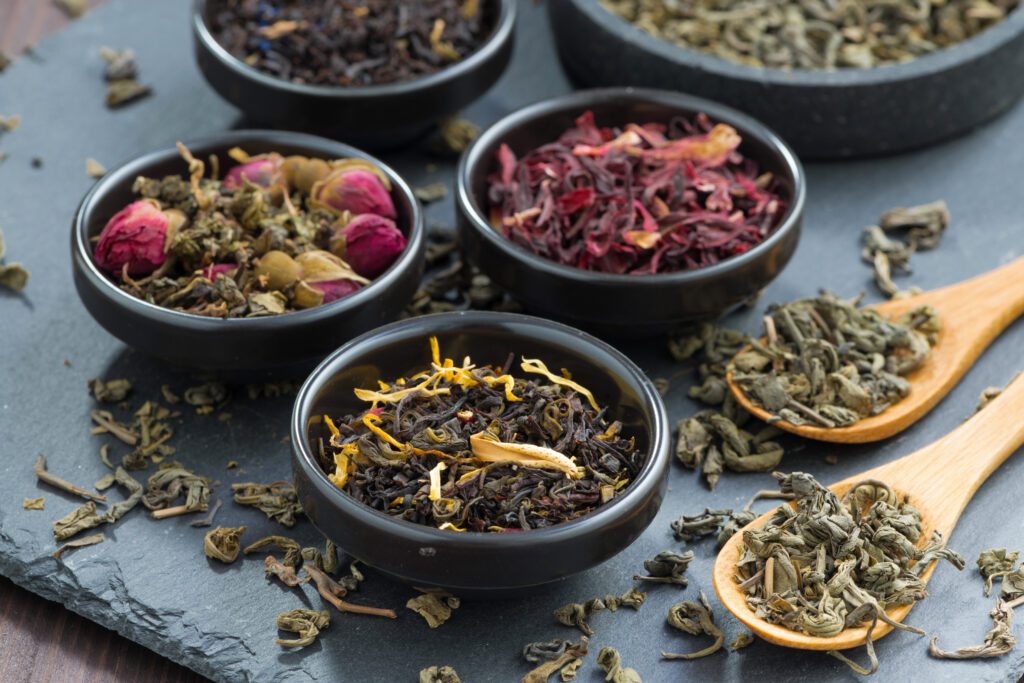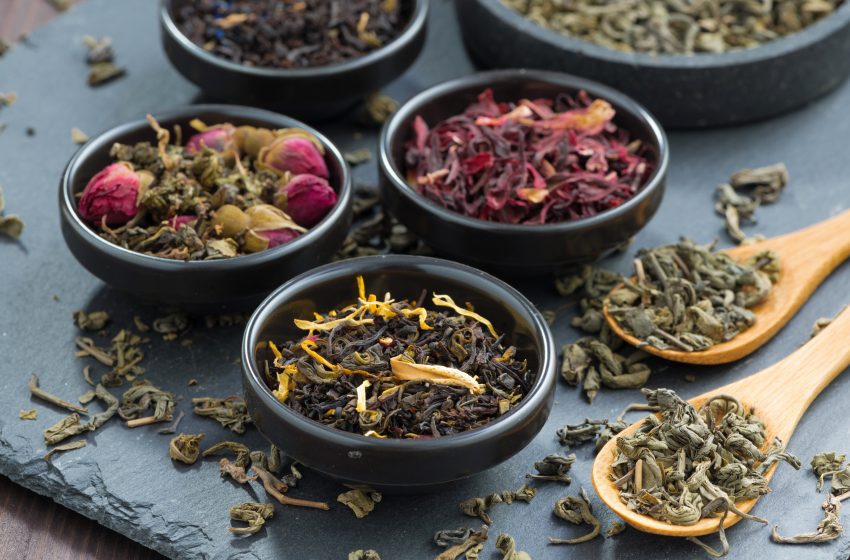
Sales of herbal heated-tobacco sticks are growing in Europe.
By Stefanie Rossel
They’re called Anita, Leme or Nexus, and they come in flavors such as chocolate, banana, coffee and strong menthol: Herbal heat-not-burn (HnB) sticks are becoming increasingly popular in European markets. Instead of tobacco, they use black tea leaves as a carrier material, which is infused with aromas and may or may not be laced with nicotine. The sticks are used with regular tobacco-heating devices. Most of the herbal consumables are compatible with heating-blade systems, like the original IQOS.
Albeit still a tiny niche of the market, the segment is growing—and it is fragmented. In a recently published report, TobaccoIntelligence noted that an internet search for the term “herbal stick” in five European languages yielded almost 900 products across 31 websites.
Containing no tobacco, herbal HnB consumables fall into a regulatory grey area, particularly if they are nicotine-free, according to Barnaby Page, editorial director at Tamarind Intelligence, the publisher of TobaccoIntelligence. “When the EU Tobacco Products Directive [TPD2] was first devised, nobody had anticipated these products,” he says. “So while there is some general regulation that covers things such as packaging and labeling, they don’t have the kind of stringent requirements applied to them that most tobacco products do.”
Looking at compatible herbal HnB sticks in the Czech Republic, Germany, Hungary, Poland and the U.K., TobaccIntelligence identified 19 brands. In all countries except the Czech Republic, nicotine-free consumables are more prevalent than those containing nicotine. The highest number of such products is found in Hungary, which has a big market for heated-tobacco products (HTPs). According to TobaccoIntelligence, only in Lithuania and Japan did HTPs account for a greater share of the overall tobacco market in 2022. According to Page, the success of herbal HnB products in Hungary may simply be a response to the pricing of HTPs there. The U.K., a vape market, had the fewest number of herbal HnB products but ranked second in terms of unique brands found.
Healcier was the most commonly searched for herbal HnB brand on the internet in the five countries investigated by TobaccoIntelligence, followed by Heccig and Nuso. On average, there are eight different flavors per brand, with fruit flavors and cooling flavors, such as menthol or mint, being most sought after. The sticks retail at an average price of €4.40 ($4.79) per pack of 20 and are cheapest in Poland and most expensive in Germany, with average retail prices of €3.30 and €6.20, respectively.
Across all five countries analyzed, the average price of a pack of compatible herbal heat sticks was lower than the recommended retail price of a pack of IQOS Heets, with the largest difference detected in Hungary, where the herbal alternatives are on average €1.15 cheaper than IQOS consumables. Because they don’t contain tobacco, tea-based products avoid tobacco taxes and are subject only to value-added taxes.
The herbal sticks are sold at tobacconists, vape stores, supermarkets and convenience stores and through online channels, such as online marketplaces, social media sites or the brands’ own online shops. They are also available on all eight of Amazon’s country-specific EU websites. Most products come with their own branded heating device but are also compatible with existing heating devices.
Low Entry Barriers
The market for herbal combustibles is opportunistic, according to Page. “It’s no dramatic kind of paradigm shift in the way the e-cigarette was or even in the way of heated tobacco,” he says. “It’s a way of taking advantage of specific market needs and a specific regulatory situation.” Entry barriers for manufacturers are low and not dissimilar to the e-cigarette model. “It’s like producing e-liquids—something you can do on a very small scale,” says Page. “You don’t have to tool out vastly complicated factories.”
In terms of construction, the consumables resemble HTP units. The products feature a cotton core mouthpiece followed by a cooling unit made from food-grade silicone and, at the stick’s end, the tea leaves, which contain a combination of vegetable glycerin, propylene glycol, sodium benzoate and potassium sorbate. Their nicotine content ranges between 0 percent and 4 percent.
Of the 19 brands TobaccoIntelligence analyzed, seven had both nicotine and non-nicotine variants; seven featured only non-nicotine sticks, and five featured only nicotine-containing consumables. The number of flavor options ranges from two to 18 per brand, according to the report, which found a total of 112 different flavors.
Such variety will soon present herbal heating products with competitive advantage. On Oct. 23, nontobacco-flavored HTPs will become illegal throughout the EU. The potential success of herbal alternatives may be short-lived, however. A revised version of the directive, TPD3, is expected to be released in 2024. Page expects the EU to broaden the definition of covered products.
“Anything including herbal sticks would fall in it,” he says. “Tobacco regulators used to consider tobacco and nicotine as undistinguishable synonyms. Obviously, this has changed in the last decade. So nicotine has to be seen as a separate category than tobacco. TPD3 is not likely to target herbal consumables directly but as part of an overarching framework.”
That said, it will be challenging for authorities to regulate products that contain neither tobacco nor nicotine. “How do you sensibly bring it into a regime?” he asks. “You are essentially inhaling the vapor of tea. I don’t see how you can rationally regulate a flavored nicotine-free product as being a tobacco product because it simply isn’t one.”
In a Grey Zone
Depending on the way they are marketed, nicotine-free herbal sticks might escape regulation. Because they are not subject to tobacco regulation, manufacturers of herbal heated sticks are free to make all sorts of claims about their products, though they are of course still subject to general consumer laws.
On their websites, companies operating in the segment emphasize that without tobacco, their herbal sticks—at least the nicotine-free varieties—present a lower risk of addiction than tobacco products.
In addition, they claim tea leaves are not treated with the same harmful chemicals that are frequently found in commercially available tobacco products, resulting in a less toxic product. Also, unlike tobacco heat sticks, herbal alternatives leave no unpleasant tobacco smell. And because herbal sticks allow users to mimic the hand-mouth action of smoking, they may make it easier for consumers to wean themselves off the “hazardous and addictive” consumption of tobacco, according to herbal HnB companies.
Herbal consumables may offer a “unique and pleasurable alternative to tobacco regarding taste and experience,” in the words of one vendor, and manufacturers frequently highlight how “natural” the aromas are.
A look at Amazon customer reviews of these products, however, is sobering: Some users complain about flavor and unpleasant side effects, saying, for instance, that the products taste like black leaves and that the taste becomes unbearable after four or five puffs. Others mention headaches and nausea. Page says he is unaware of any scientific research into the health impact of herbal sticks.
As for the growth opportunities of the category, Page says he would be surprised if tobacco manufacturers ventured into this small market. “We do know that they have looked to cannabis for obvious reasons, though,” he says. “Perhaps we will see a second or third generation development of herbal sticks from them.”
The argument that low-nicotine or non-nicotine herbal products may help smokers quit nicotine consumption certainly is a point to be considered in this context. Currently, tobacco manufacturers only offer consumables featuring a constant nicotine strength.
Page expects sales of herbal consumables to grow in Europe after the EU ban on flavored HTPs takes effect. “Regulators permitting, I could also see herbal sticks being taken up in the U.S.,” he says.


